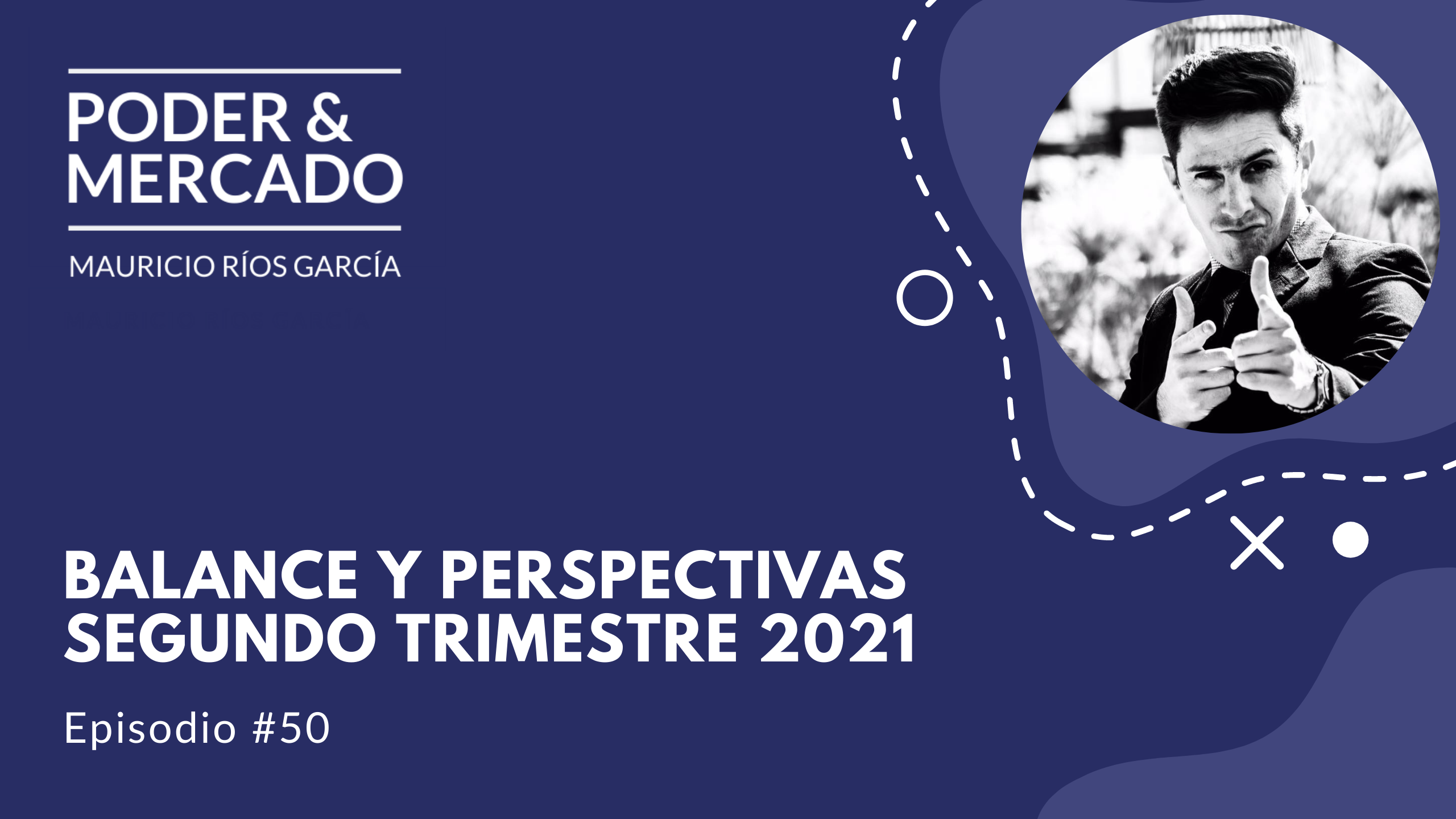The Last Days of US-Dollar Hegemony
Although relatively unnoticed, the Latin-American perspective on the Great Recession (2007-2012) has never been more useful. Analysts of the region, who have witnessed the most peacetime economic crises throughout the 20th century, have had plenty to say.
Many even came to warn that the way in which the United States and the European Union were treating the explosion of their housing bubbles constituted such a grave error that they ran the risk of “Latin American-izing” — drawing comparisons to moments of great instability in Latin America during the lost decade of the 1980s.
Bolivia in particular has much to share, above all its perspectives on the worsening international crisis. Bolivians remember the 1980s with a single word that provokes fear, largely because of the permanent possibility that a similar episode might repeat itself once more. That word is de-dollarization.
In a desperate attempt to settle its debts and simultaneously diffuse popular pressure, the Bolivian government issued a decree that obliged its citizens to carry out financial transactions in the national currency only.
At the same time, the nation’s central bank clung to a policy of producing money without pause, to service 40 percent of the government’s debt. This proved to be one of the principal mistakes that provoked the most severe crisis the region had ever seen, with hyperinflation of 25,000 percent.
The Bolivian depression was finally resolved in three months with aggressive structural market-oriented reforms, but fundamentally when state officials eventually decided to auction US dollars to the public.
However, although Bolivia’s current economic situation seems to be unmatched, notably much better than that of Venezuela or Argentina, the international situation is becoming as complicated as that of Bolivia in the 1980s. The world has entered into a rapidly accelerating process of de-dollarization.
By attempting to emulate the bankrupt European-style welfare state, nationalizing the banks in 2008, and increasing state spending to unprecedented levels all to “stimulate” its economy, the United States has begun to weaken its currency the same way Bolivia did until 1985.
Former Federal Reserve Chairman Alan Greenspan has already said as much. When asked on MSNBC if it was still safe to invest in treasury bonds after the downgrading of the US sovereign credit rating in August 2011, he said: “The United States can pay any debt it has because we can always print money to do that.” This is worrying.
The Alternative: Gold
Not only is public confidence in the dollar as a reserve currency evaporating rapidly, the most important world powers are simultaneously gathering suspicious quantities of gold, as was the only alternative during the Great Recession.
The debasement of the dollar signifies nothing other than the end of its role as the international currency reserve of choice, as well as the beginning of the end of the paper monetary standard.
Countries such as Hong Kong are currently already preparing to end the anchoring of their currency to the US dollar, just as one can now observe important international banks in the European Union accepting commercial transfers in Chinese yuan. Switzerland, for its part, is due to hold a referendum on whether to repatriate the gold it currently has in New York and increase their minimum national reserves of the same material.
In the same way, US interventionism abroad is prompting her traditional political adversaries to also begin establishing significant commercial agreements in currencies other than the US dollar. Russia and China, for example, are likely to even establish trade in yuan backed by gold, albeit only partially.
Worse still, the Obama administration will oversee the final blow to one of the main pillars that upholds the currency. When Nixon abandoned the last link between the dollar and the gold standard in 1973, he sought to sustain the character of the dollar as the international currency of choice through an agreement with Saudi Arabia: in return for the United States providing security in their Middle Eastern backyard, the international market for petroleum would be conducted in dollars.
However, thanks to the 1950s Latin-American idea of energy self-sufficiency, the United States is reducing its consumption of petroleum produced abroad, simultaneously provoking a fall in petroleum prices and prompting the Saudis to court China and even Russia.
International Dollar Reserves on the Decline
To illustrate this international process of de-dollarization that the US is causing, we can see that in the year 2000 the world was dollarized to some 70 percent. Today, 15 years later, those international reserves denominated in dollars are around some 60 percent of the total.
The problem isn’t recent, nor will it worsen dramatically overnight, but it’s hardly difficult to predict that for international reserves in dollars around the world to fall below 49 percent could take less than 15 years.
But although the dollar’s status as the international currency reserve of choice is coming to an end, this doesn’t mean that the best way to mitigate the impact of having contracted debt in dollars is to return to national currencies.
It’s clear that dollarization in countries like Panama, El Salvador, and Ecuador has permitted economic performance significantly superior to that which they experienced in the immediate past with their nationalized currencies; the objective was to prevent the instability caused by any monetary debasement.
However, it’s no less clear that a sudden abandonment of the dollar would provoke genuine financial chaos, just as simultaneous flight of the general public towards real monetary standards would result in a severe shock to the metals market, particularly gold.
Today, a great part of Latin America is repeating the same errors of its lost decade, with alarming levels of inflation in Venezuela and Argentina. Brazil has delayed improvements in its economy to justify its exchange policy long before the Federal Reserve has even considered increasing short-term interest rates.
Countries like Bolivia should warn others about this problem; they’re familiar with the causes. Even Greenspan is trying to support the idea of gold as the most important currency that one can currently have, given that its value can be so easily manipulated by the political class.
With what currency will the United States honor her debts with if it comes to the point where no one accepts dollars? Will she try and barter with its gas? Albeit slowly, time is running out.
This article was originally published in the PanAm Post on december 2014.











